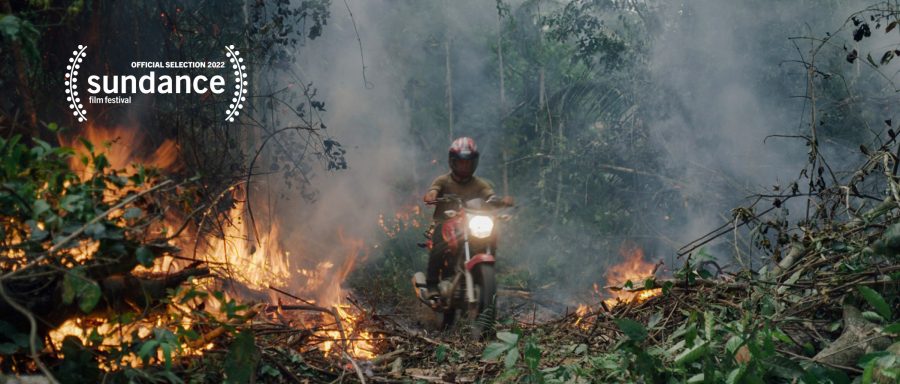
National Geographic announced this week that it had purchased the worldwide rights to the documentary “The Territory,” calling it “an urgent story of courage and resilience, beautifully told.” The film was directed by Alex Pritz of the production company Documist and co-produced by the Indigenous Uru-eu-wau-wau people of northern Brazil.
“We are honored to bring the story of the Uru-eu-wau-wau people to the world and help further the conversation and raise awareness around the endangered Amazon rainforest and its indigenous people,” said Carolyn Bernstein, National Geographic’s executive vice president of Global Scripted Content and Documentary Films.
National Geographic, which is controlled by The Walt Disney Company, is expected to distribute the film in theaters before releasing it on its streaming platforms. Activists Bitate Uru-eu-wau-wau and Neidinha Suruí, both featured in the film, will join an impact campaign in Brazil, the U.S., and other countries.
Homelands Productions served as the project’s fiscal sponsor during development and production, allowing it to receive foundation grants and individual donations.
“The Territory” documents a conflict between the 180-person Uru-eu-wau-wau and impoverished farmers who invade their land with the encouragement of right-wing President Jair Bolsinaro. The film spends most of its time with the Uru-eu-wau-wau and their allies, but it also embeds with the land invaders, giving them a chance to describe their motivations and defend their actions.
In interviews, Pritz has said that the filmmakers wanted to show how industrialists and large landowners take advantage of landless peasants who clear and occupy Indigenous territory. He also calls attention to the parallels between the the Amazon today and the 19th century American West, where settlers were rewarded for seizing land from native populations and genocide was de facto government policy.
When COVID threatened the filming as the land conflict was reaching its peak, the filmmakers provided the Uru-eu-wau-wau with cameras and training. Footage shot by young Indigenous land defenders anchors the final portion of the film and becomes a plot point in itself, demonstrating the power of well-shot video to sway public opinion.
The film has received rapturous reviews since its premiere at the Sundance Film Festival on January 22. Variety called it “an urgent environmental docu-thriller… [r]iveting and despairing in equal measure.”
IndieWire described it as “Gorgeously [and] ingeniously conceived,” a film that paints “an intimate first-hand portrait of joy, pain, and community, before bursting with rip-roaring intensity as it captures a high-stakes struggle for survival unfolding in the moment.”
The Canadian film magazine POV called it “Fearless filmmaking…. a thrilling feat that sees art and activism collide,” and suggested that it “be studied as an example of engaged collaborative filmmaking.”
In an article in Deadline featuring an interview with Pritz about the filmmaking process, writer Matthew Carey says the film “explores not only what is at stake for the indigenous group but for humanity in general.”
“This story is about the climate and about the planet and these really huge forces,” Pritz tells Carey, “[b]ut it’s also about the individual characters.” He says the team tried “to build a visual language where we can move between satellite imagery of the continent where you see, over 30 years, how many trees have been lost and what this really looks like and then go all the way down to like one caterpillar and really just focus on that.”